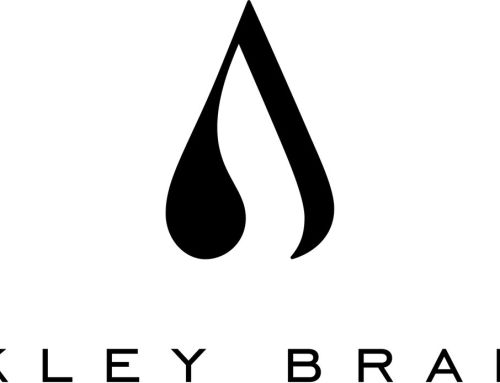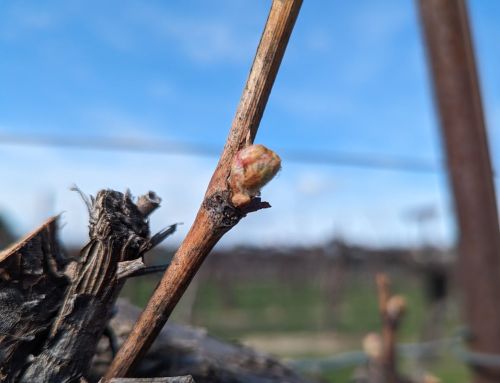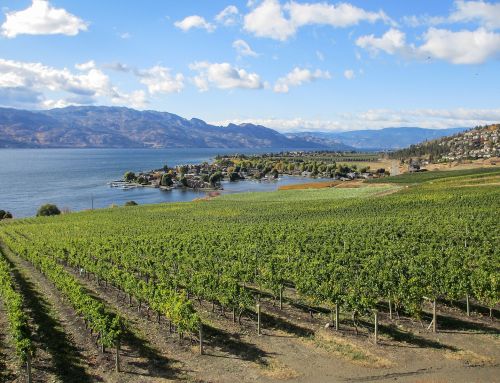On October 6th New York-based Constellation Brands announced it had divested part of its wine portfolio to California’s The Wine Group. With the inclusion of Charles Smith Wines, The Wine Group – the second largest wine company in the US – has officially entered Washington State. Meanwhile, Constellation, combined with its sale of Hogue Cellars and 29 other brands to E. & J. Gallo in 2019, has – at least for the time being – exited Washington.
“That’s obviously a bit of a shift,” says Kevin O’Brien, principal at Zepponi & Company, a mergers and acquisitions firm that was the sale-side advisor for this week’s transaction.
The deal includes six brands. O’Brien says Dreaming Tree, a brand associated with Dave Matthews Band; Cooper & Thief, a bourbon barrel-aged red wine; and Charles Smith were the main drivers of the sale, though the other brands – Crafters Union, 7 Moons, and Monkey Bay – were attractive as well.
“It’s a great portfolio. It’s over a million cases, collectively,” he says.
For The Wine Group, which declined to comment on the transaction, the appeal of the purchase is clear. Along with E. & J. Gallo, the company dominates the $12 and under market in the US. These brands will help further diversify the company’s offerings, including adding a New Zealand brand with Monkey Bay and the company’s first Washington brand with Charles Smith.
Production at Charles Smith, which is over 300,000 cases per year, is led by the Kung Fu Girl Riesling, with founder Charles Smith’s iconic black and white label. With a $12 retail price, this and winery’s other offerings will fit well into The Wine Group’s portfolio.
Meanwhile for Constellation, the company has a stated goal of moving toward higher-end offerings. As a result, the brands it divested no longer made strategic sense.
“This transaction will enable us to focus and shift our portfolio towards the higher end,” Robert Hanson, executive vice president and president, wine and spirits division at Constellation, says in the company’s press release.
Constellation selling the last of its Washington brands is not to say that the company has lost interest in the state specifically or the Pacific Northwest more generally. In fact, Constellation purchased Willamette Valley’s Lingua Franca in April of this year.
That purchase is indicative of the company’s shift in focus. In the past, Lingua Franca’s price points and 12,000 case per year production would not have made it sufficiently attractive to Constellation. However, the company’s pivot toward premiumization – and the opportunity to grow that brand – make it considerably more so.
Might Constellation find similar interest in various higher-end Washington brands and re-enter the state? On the one hand, it seems likely. Washington is chock-full of wineries offering high-quality wines at the luxury end. On the other hand, most of the state’s wineries are even smaller than Lingua Franca. Constellation would likely have to find the right brand that would also offer the potential for scalability.
Overall, The Wine Group entering Washington is part of a larger trend. The state has seen a steady increase in interest in the last decade from large outside players. Jackson Family Wines purchased its first property in Washington earlier this year. Spain’s Bodegas Valdemar purchased vineyards and built a 20,000 square foot production facility and tasting room in Walla Walla Valley in 2018. Vintage Wine Estates purchased Tamarack Cellars in 2018. Crimson Wine Group purchased Seven Hills Winery in 2016. Trinchero Family Estates partnered with Charles & Charles in 2013. Meanwhile Duckhorn Vineyards has steadily built its Canvasback Washington brand launched in 2012.
With quality high, land inexpensive, and an abundance of luxury offerings, the coming months and years are sure to bring even more interest in Washington and its wines. Just as surely, wine companies will continue to seek out premiumization opportunities for the foreseeable future.
“You’re definitely seeing that march towards premiumization,” says O’Brien. “A lot of the buyer pool that we deal with pretty closely, they’re all taking a look at the higher end.”
This post has been updated to reflect that there were six brands involved in the transaction, not five.









I think you will see huge transactions happening next year. Definitely premiumization leaning. How much WA wine is actually WA held anymore, in %, like 30%?